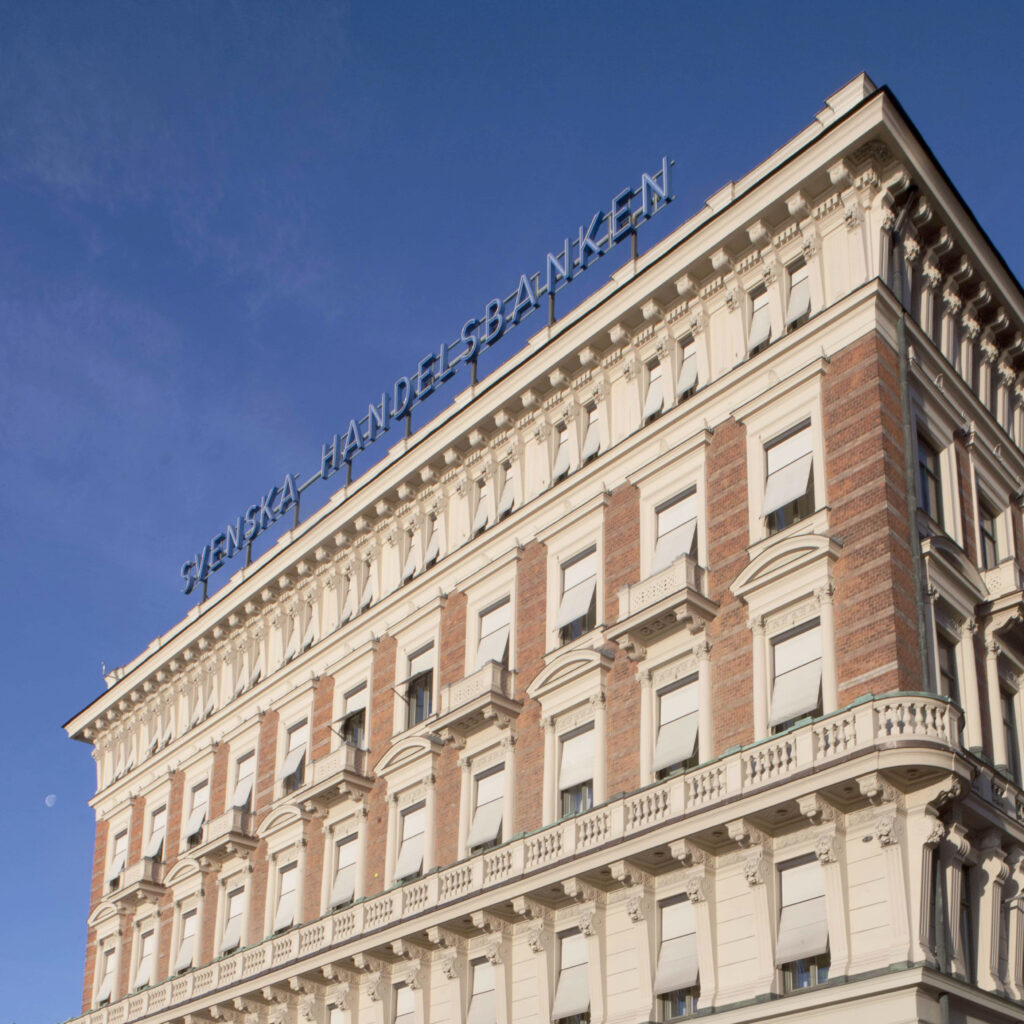“We definitely know our time to market is much shorter. And when we want to start something, we can start it almost right away.”
—Benny Johansson, Head of Payments and Accounts, Handelsbanken
Challenge:
Business groups could encounter unnecessarily long development time frames and slow, project-based development. Capacity and prioritization challenges sometimes remained unsolved.
Industry:
Financial Services
Results:
- Average process time for developing features improved by 30%.
- On ART self-assessments, portfolio alignment and continuous delivery increased by more than 50% while core execution on PI Planning areas improved by 10-20% over two years.
- The company has expanded to 24 ARTs and completed more than 5,000 in-house trainings for employees across the organization.
- The bank’s capacity to reallocate staff quickly to urgent tasks increased significantly.
Lessons Learned:
- Consider bringing Lean-Agile coaching capability in-house—as close to executive level as possible.
- Train key stakeholders early.
- Establish and train a guiding coalition early that represents IT, business, HR and other key groups to support an organization-wide transformation.
- Continuously communicate C-level business and IT sponsorship and support for the transformation.
Introduction
Founded in 1871, Swedish bank Handelsbanken may have a very long history, but it remains remarkably progressive. For the fourth consecutive year, Handelsbanken was recently named the most innovative large bank in Sweden.
For decades, the bank has made news for its innovative practices that sometimes break with the financial industry norms. For example, in the 1970s, the bank decentralized its regional branches, freeing them to run as their own businesses and make local decisions. Along with that, they loosened budget constraints, choosing to focus on customers over products.

While the bank didn’t actively pursue growth, it happened organically as it created more value for customers.
Handelsbanken is ranked as the safest commercial bank in Europe, according to Global Finance magazine. It also holds higher overall credit ratings from Standard and Poor’s, Moody’s, and Fitch than any other privately owned bank in the world.
One of the steps Handelsbanken has taken in its ongoing evolution was bringing Agile practices to IT and business development so that they could meet the increasing demands for digital services and compete in rapidly growing markets. The bank found its existing structure gave it a head start.
“Handelsbanken’s culture is fundamentally decentralized and compatible with an Agile way of working,” explains Heléne Grönberg, Head of the Lean Agile Center of Excellence (LACE). “The local branches have a strong pragmatic and down-to-business culture and Agile has contributed to us staying true to that culture in the development area as well. It has contributed not only to remaining competitive, but also to innovating further.”
A Proven Path
As the company experimented with Agile methods, those efforts remained limited to a few IT teams. The company knew it needed to do more to keep pace with regulatory demands and meet customers’ appetites for digital banking options.
“We were not executing on our plans at the pace we wanted and many of our initiatives didn’t meet timeline targets or include all the functionality requirements,” said Benny Johansson, Head of Payments and Accounts. “We wanted to cut our time to market and improve.”
As it looks to be a leader in customer offerings, Handelsbanken needs a collaborative partner to contribute to those goals. The bank explored the Scaled Agile Framework (SAFe) and gained trust knowing that several large companies and banks in its region had found success with it.
“We perceived SAFe as the most complete framework with a holistic approach,” Grönberg said. The structure of the framework helps us think big, focusing on flow and results.”
Closing the Distance Between IT and Business
Early on, the bank formed an Agile coaching group, which would later become the LACE in 2019.
The first Agile Release Train (ART) took on the ambitious goal of enabling automated decisions for mortgages. And with SAFe, the company achieved that sooner than expected.
“Two weeks after the first meeting, we had PI planning and started the first steps of development,” recalled Renée Ekström, Acting Head of Development – Credits & Financial Instruments. “Nine months later, we had the first release to customers. Since then, we have continuously added value to this first delivery.”
Since that initial success, the company has expanded to 24 ARTs, and the LACE has completed more than 5,000 trainings for employees across the organization.
“In our size of transformation, we see that a group-wide LACE creates favorable conditions for building mutual support and a comprehensive system, and in Handelsbanken’s LACE there are more than 20 experienced Agile coaches who make this possible,” Grönberg said.
Today, nearly all development happens within the trains, and involves much closer collaboration between IT and business groups to set priorities and deliver maximum value.

“As we strive to create the best offers for our customers, business-oriented IT solutions are crucial. SAFe has contributed to deeper cooperation between parts of the bank,” Johansson said. “It really helps us understand and solve complexities.”
Johansson and Ekström note much greater transparency. They also see team members across business and IT groups being more engaged, committed, knowledgeable, and involved in prioritization.
“Everyone knows what’s important and can come together around those values,” Ekström said. “Increased cooperation and involvement increase job satisfaction for me personally and for colleagues on all levels.”
Faster Starts, Faster Completions
Since adopting SAFe, the bank has seen average process time for developing features improve by 30%. When the pandemic hit, that speed allowed the bank to reorganize rapidly to adapt the bank’s own way of working to become digital on a completely different scale. The bank was also prepared to quickly introduce new government requirements, such as temporary amortization freedom on mortgages. Two ARTs shifted rapidly to develop these functionalities.
“We definitely know our time to market is much shorter,” Johansson said. “And when we want to start something, we can start it almost right away.”
On ART self-assessments , scores across every area of PI planning have steadily improved with each Program Interval. Over two years, portfolio alignment and continuous delivery increased by more than 50% while core execution on PI Planning areas improved by 10-20%.
Just as critical are benefits such as reduced risk by completing smaller iterations, which allow teams to learn and adjust. After proving them out with minimal effort, then the bank can move forward on major initiatives.
Handelsbanken has achieved all this in a relatively short time and looks forward to extending SAFe to more teams, trains and to the surrounding system.
“Everyone understands it is a journey to transform such a large organization into a Lean-Agile way of working and thinking to achieve real value,” Grönberg said. “But already, we are well on our way to enhancing our development operation even further, without having to reinvent ways of working and role descriptions. And the time saved can be put to better use, creating customer value.”
“In the LACE, we now humbly see that we have a journey ahead to mature, improve, and accelerate the delivery of value—with the shortest possible sustainable lead time—step-by-step together with our talented colleagues in and around the development organization,” Grönberg added.
Share:
Back to: All Case Studies
Suggested Case Study: Royal Philips